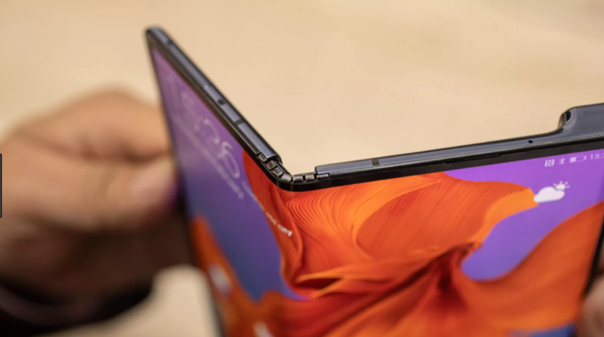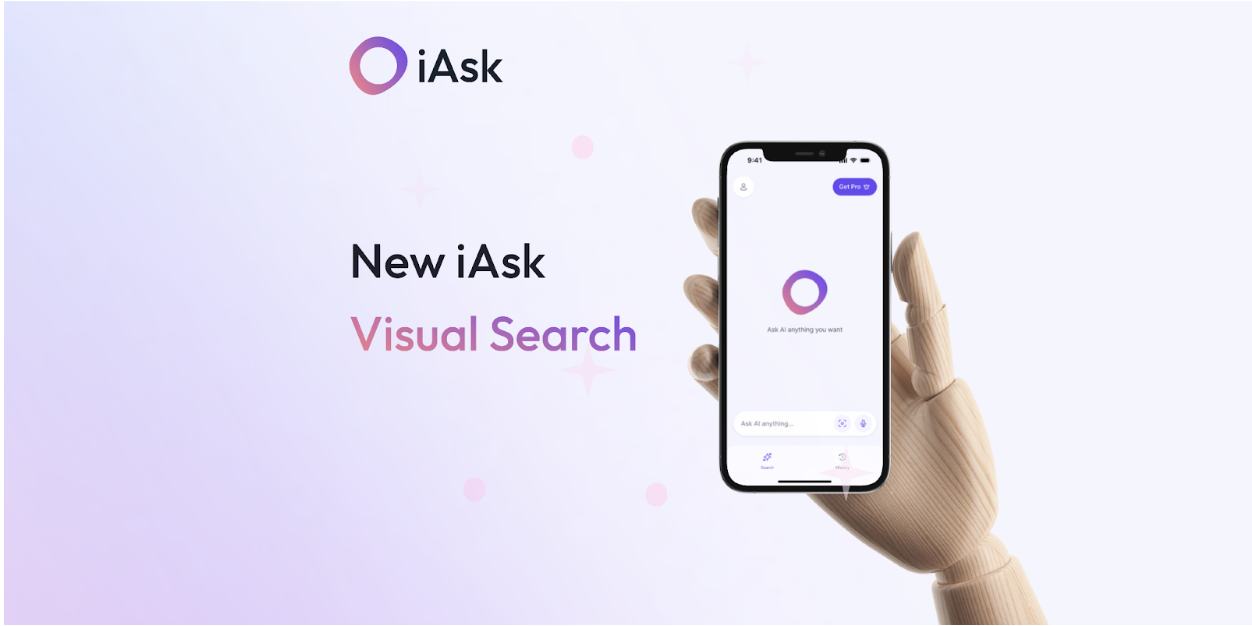Tech
Big Tech Discoveries of 2019: Black Hole, Gaming Headset Evolution, and More
How fast are science and technology developing right now? 2019 has just reached its first half, and significant advancements in these areas have been presented to us without any signs of being stopped. Let’s review what those significant developments are, and how the future can be structured within these signs of progress made in the first part of 2019.
The first image of a black hole
This image is likely to be the most crucial discovery of 2019 for astrophysics globally. Since Mr Steven Hawking theoretically proved the existence of black holes, scientists have been devoting themselves to explaining and researching this universe magnificence. Some sceptics believed the black hole was just a lie, until now.

The image of this supermassive was captured by the telescope network called Event Horizon Telescope. The black hold lies in a galaxy call M87 that is 54 million lightyears away from the Earth, and it is about 6.5 billion times the mass of the sun.
The milestone opens up an entirely new era for astrophysics and physics, such as the further exploration of general relativity and quantum mechanics. More observations are set to be conducted with increasing numbers of observatories joining the network. This huge step in astronomy is also expected to start a major progression in human and societal development.
SOMiC offers new gaming headset that may disrupt traditional markets
Discussing the discovery of an astronomic object may be reaching too far for most of us, let’s take a look at other new products that are closer to our life instead.

The gaming headsets market competition has been fierce enough in recent years due to the massive development of 3A gaming titles. The demand for such a product has also been increased as a complementary accessory in the gaming industry. Recently one Chinese company called SOMiC showed its potential in disrupting the traditional headphone market.
SOMiC’s newly introduced G951s contains an industry leading built-in speaker with virtual surround sound systems, paring with a quality detachable mic and universal compatible wire design. The specifications are comparable to traditional brands like Razer and Logitech, priced at only a portion of its competitors’ product that hit the current market hard.
By taking advantage of the further increased sales in games and its superb affordability and comfortability, it will be interesting to see how this new contender will progress to compete with other market leaders.
Huawei and Samsung began a war in the new mobile phone era
Every few years we see an evolution in mobile phones, from the applications of touch screens to infinity screens. This year we are going to see a foldable screen phone.

Earlier this year, Huawei and Samsung introduced their newly developed phones with foldable screens. When the rest of the competition was still introducing more bezel-less screens, these two industry super forces already took their steps ahead and entered the new mobile device era.
The future of foldable screens seems quite promising, where the forms of monitor, tablet and laptops can all be altered and innovated with this technology. Although mass production is not yet achievable, we can expect to see multiple new inventions based on a foldable screen shortly.
Multiple companies started their global 5G infrastructure development
Another crucial development in the mobile device field is the 5G network. It is the next generation standard for wireless communication, which offers vastly increased capacity, faster speed, and lower latency.

Again, Huawei took strong actions regardless of the obstruction from the U.S. They sent out 5G network special teams to their partnered countries, started building up the infrastructure and preparing for launching the network later this year. Though LTE remains the most significant part of the global wireless network, 5G is ready to take over the market like what 4G did just a decade ago.
Duelling AI could become the future
AI is approaching our lives much faster than we expected. Alpha Go has been defeating humans in Chinese Chess and showed its learning ability is beyond our imagination. One seems to be powerful already, but what about two AI competing with each other? That can potentially boost the learning progress to an entirely new level.

Duelling AI can be firstly aimed at creating an ultra-realist image and sound that previous computers can never achieve and ‘sense’ whether it is true. The identification of images can help prevent digital fakery. Projects and firms such as Google Brain, DeepMind and Nvidia are critical players in pushing duelling AI to perform in other matters.
Artificial Intelligence has been playing a vital role in science since the last decade, and it has always been one of the hottest topics both positively and negatively. Keep an eye on this subject, and I am sure we will be seeing more surprises regarding AI.
Many more to expect
In addition to those 5 big releases and discoveries in the science and the technology fields happened in the first quarter of 2019, other huge developments also deserve more attention, such as the Boston Dynamic’s first running robot and the 3D metal printer.
There are infinite ideas and possibilities for constructing humans’ future. We should be excited to see how these inventions can progress further and positively impact our future.
Tech
How iAsk Visual Search Captures and Delivers Detailed Insights from the World You See

Byline: Shem Albert
There are moments when the world around you sparks curiosity, yet you do not even know the word for what you are seeing. You describe it in painstaking detail, type and retype, scroll through search results, hoping something matches. Minutes pass, sometimes longer, just to uncover a simple answer. That experience of encountering something unfamiliar and struggling to put it into words is all too common, yet often goes unnoticed. With a single photo, however, everything changes. iAsk Visual Search bridges that gap. Suddenly, the mystery becomes an opportunity to learn, experiment, or act in the moment.
Turning Discovery into Action
Using iAsk Visual Search is simple, yet the possibilities it opens up are immediate. You open the app and snap a photo of the object, diagram, or scene that has caught your attention. Instantly, the app identifies what it sees and provides context, turning a moment of curiosity into a starting point for exploration. From there, you can ask follow-up questions to dig deeper, consider alternatives, or uncover how something works in practical terms.
This goes far beyond basic identification. Where traditional image recognition might simply name an object or offer a brief description, iAsk lets you continue the conversation. It remembers the image, so you can explore multiple layers of information without starting over. What begins as a single observation quickly expands into actionable insights you can apply immediately.
Real-World Applications in Everyday Life
The real test of significance for iAsk Visual Search is how it is used in a user’s everyday life. Novice cooks and experienced chefs can rely on it to identify an unfamiliar ingredient and ask follow-up questions, such as preparation tips, cooking methods, or possible substitutions. Users can experiment with complementary flavors or adapt recipes based on what is available in their pantry, reducing hesitation and encouraging culinary creativity.
A quick snapshot of a street sign, menu, or product label in a foreign language is another way iAsk Visual Search supports everyday tasks. Users can ask follow-up questions to clarify translations, understand cultural context, or receive practical guidance. This enables individuals to navigate unfamiliar environments with confidence and ease.
These examples illustrate how iAsk Visual Search can become a versatile companion in daily life. It can serve as a travel guide, a study aid, or a creative assistant. Artists, crafters, and curious hobbyists can explore materials, techniques, or designs with guidance that is immediate and interactive. Each interaction transforms curiosity into tangible results, empowering users to act on the knowledge they gain instantly.
A Tool That Stands Apart
iAsk Visual Search stands out for its interactive, context-sensitive design. Users can maintain an ongoing dialogue with the app, exploring details without losing sight of the original image. This makes it possible to investigate complex subjects and adapt the information to specific tasks.
Privacy and accessibility are central to the experience. Images are not stored, personal data is not tracked, and there are no ads to interrupt the workflow. The app is available across multiple platforms without subscription barriers, making it accessible to students, parents, hobbyists, and professionals alike.
Curiosity Translated into Results
iAsk Visual Search turns a simple photo into an understanding you can act on. Whether it’s decoding a diagram, identifying an object, or untangling a confusing concept, a snapshot instantly delivers context, explanations, and next steps. It doesn’t just show you — it teaches you, guiding each discovery into something useful.
Every question becomes a chance to learn, explore, or create. From the kitchen to the classroom, the trailhead to the studio, iAsk makes the world clearer and curiosity immediately productive.
Snap. Ask. Learn. Then act. The answers are there. All you need to do is iAsk.
-

 Tech5 years ago
Tech5 years agoEffuel Reviews (2021) – Effuel ECO OBD2 Saves Fuel, and Reduce Gas Cost? Effuel Customer Reviews
-

 Tech6 years ago
Tech6 years agoBosch Power Tools India Launches ‘Cordless Matlab Bosch’ Campaign to Demonstrate the Power of Cordless
-

 Lifestyle6 years ago
Lifestyle6 years agoCatholic Cases App brings Church’s Moral Teachings to Androids and iPhones
-

 Lifestyle5 years ago
Lifestyle5 years agoEast Side Hype x Billionaire Boys Club. Hottest New Streetwear Releases in Utah.
-

 Tech7 years ago
Tech7 years agoCloud Buyers & Investors to Profit in the Future
-

 Lifestyle5 years ago
Lifestyle5 years agoThe Midas of Cosmetic Dermatology: Dr. Simon Ourian
-

 Health7 years ago
Health7 years agoCBDistillery Review: Is it a scam?
-

 Entertainment6 years ago
Entertainment6 years agoAvengers Endgame now Available on 123Movies for Download & Streaming for Free
